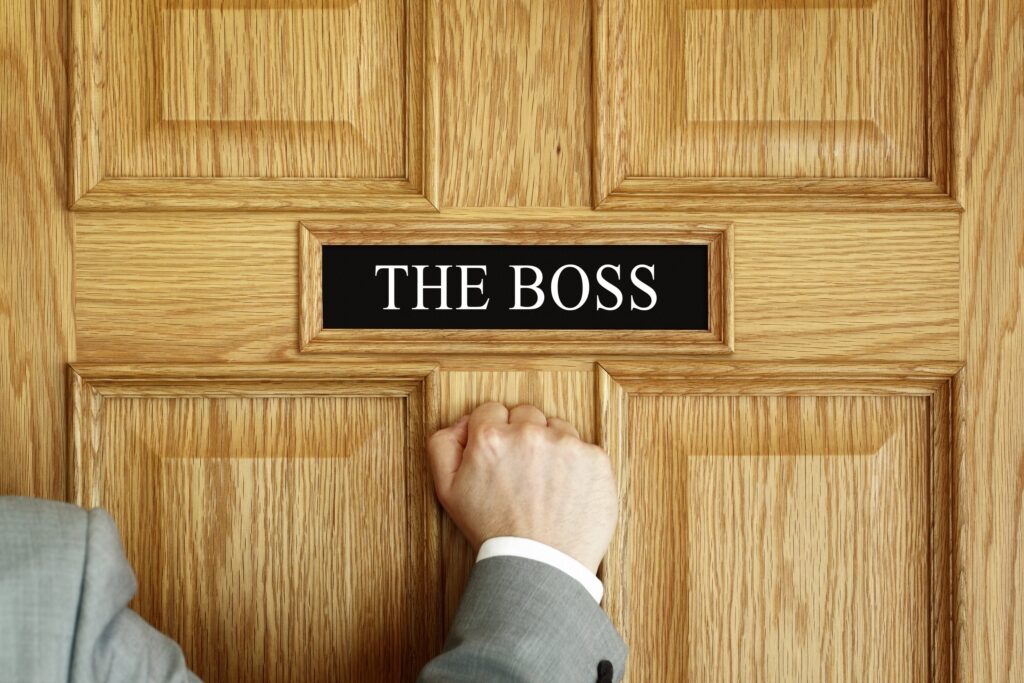A lot has been written about organizational culture. Dr. Edgar Schein, renowned professor at MIT Sloane School of Business, considered the grandfather of organizational culture, describes culture as having three components: artifacts, espoused values, and underlying assumptions.
Artifacts are the visible organizational structures, processes, and behaviors. Generally, they could be observed by a new employee in short order.
Espoused Values are the stated core values, strategies, goals, and philosophies of the organization.
Underlying Assumptions are the unconscious beliefs, perceptions, thoughts, and actions of team members that contribute to the actual values, decision-making framework, and choice of actions.
Organizational culture influences, and is influenced by, who is hired, how business is conducted, how decisions are made, what work is priortized, and what aspects of performance are rewarded. It is connected to the beliefs and experiences employees share, and which values and “rules of the road” are passed down to new employees both through formal culture training and informal stories. Culture governs how work gets done – and why employees make the decisions and take the actions they do.
Culture’s importance to and impact on an organization’s success was succinctly captured by Peter Drucker in his famous declaration, “Culture eats strategy for breakfast.” Wells Fargo Bank CEO, John Stumpf added, “I could leave our business strategy on the seat of an airplane and have a competitor read it, and it would not make any difference.” Former IBM Chairman Lou Gerstner put a finer point on it: “Culture isn’t just one aspect of the game – it is the game. In the end, an organization is no more than the collective capacity of its people to create value.” Bottom line: People drive results and without culture that supports execution, the strategy has no value.
Early in the lifecycle of a company, a Founder/CEO influences most of the decision-making. As a company grows, there is no way for him/her to be part of every decision – or to be present every time an employee takes action. But ultimately s/he is responsible for every decision and action – and more importantly, should want to make sure the decisions made and actions taken are consistent with his/her vision and values for the company.
Serial entrepreneur and investor Ben Horowitz described culture this way: “[Y]our culture is how your company makes decisions when you’re not there. It’s the set of assumptions your employees use to resolve the problems they face every day. It’s how they behave when no one is looking.”
Or as we like to say, culture is the Boss when the boss is not around.
In high growth companies, culture is often viewed in a different category than strategy. Culture is often put in the same category as morale, engagement, and retention. To be sure, culture impacts all of those things, but to view culture solely through the lens of employee happiness is to overlook its most critical and important potential – helping the company achieve the results set forth in the strategy.
As Schein stated, “Either you manage the culture, or it manages you.” Your culture can be either a catalyst or constraint on reaching your goals and achieving your desired results. If your culture is not aligned with your business goals, it’s a constraint, and you will be hard pressed to get anything done – no matter how brilliant your strategy or implementation plan may be.
We can guide you through building a world class company culture to drive growth. For more information, visit our website at www.PeopleCap.com.

